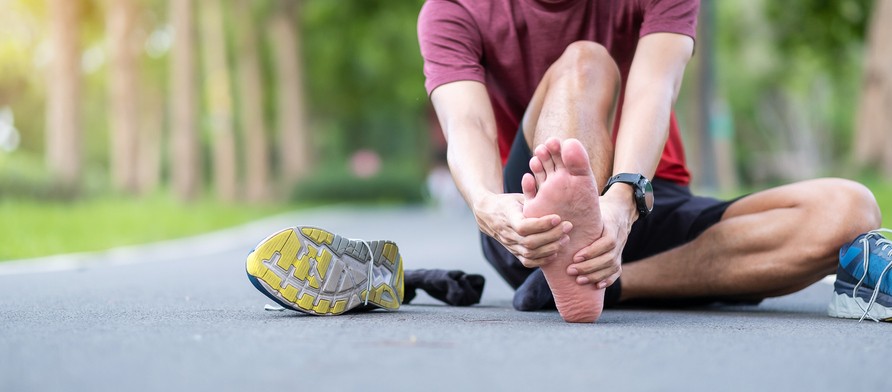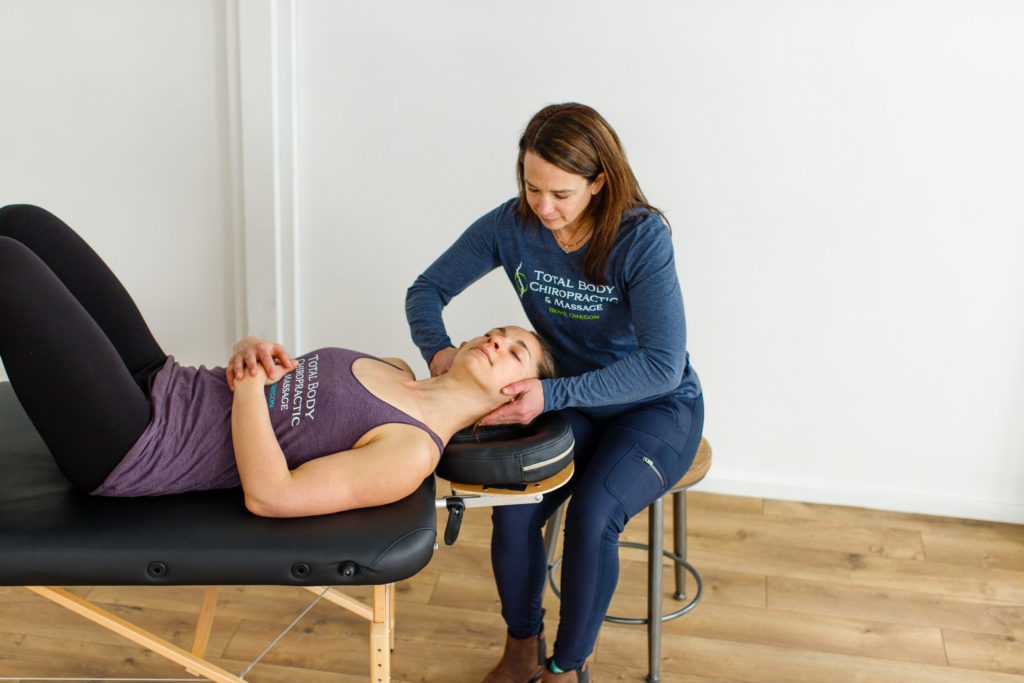Chiropractic Laser Therapy for Plantar Fasciitis Relief
If you’ve read our blog posts (like how we support Bend trail runners), you know we don’t chase symptoms—we target root causes. Structural imbalances, faulty biomechanics and chronically inflamed tissues are the real culprits. That’s where low-level laser therapy fits so beautifully into our chiropractic toolkit.
At Total Body Chiropractic, we use a Medray Quad Class IV laser (combining wavelengths of 650 nm, 810 nm, 915 nm, and 980 nm and up to 30.2 watts of power). This multi-wavelength system allows us to treat both superficial and deeper tissue layers in one shot. (You can read more about our laser therapy setup on our services page.)
Why does that matter? Because plantar fasciitis isn’t just superficial tissue inflammation—it often involves deeper micro-tears, scar formation, adhesions, nerve irritability and vascular compromise. The laser enables us to address all of that in a non-invasive, precise, healing-focused way for immediate relief from foot pain.
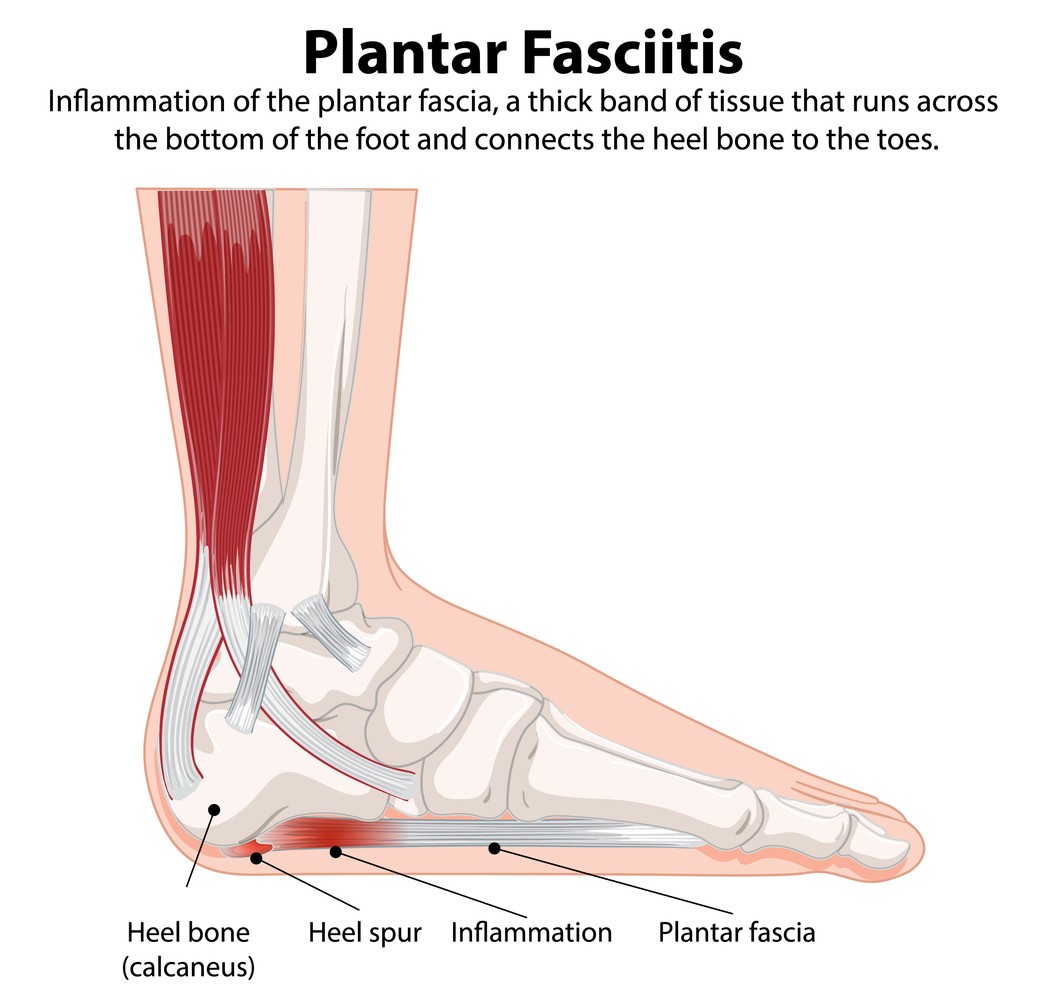
We love laser therapy for plantar fasciitis because:
- It’s non-surgical, non-invasive, and gentle—no needles, no incisions.
- It modulates inflammation and calms nerve irritation, which helps ease persistent heel pain.
- It boosts cellular repair via photobiomodulation, accelerating blood flow and the healing process.
- It synergizes with adjustments and soft-tissue care—calmer tissues respond better to alignment work.
- It fits our philosophy: we combine tech and touch to treat both structure and biology.
We don’t rely on laser alone. But when added to a comprehensive plan of structural correction, soft tissue work and movement rehab, this conservative treatment becomes a very powerful ally in plantar fasciitis recovery.
How We Use Laser Therapy for Plantar Fasciitis (At Our Bend Clinic)
Let’s walk through exactly how we apply laser therapy as part of treating chronic heel pain — so you know what to expect when you come see us.
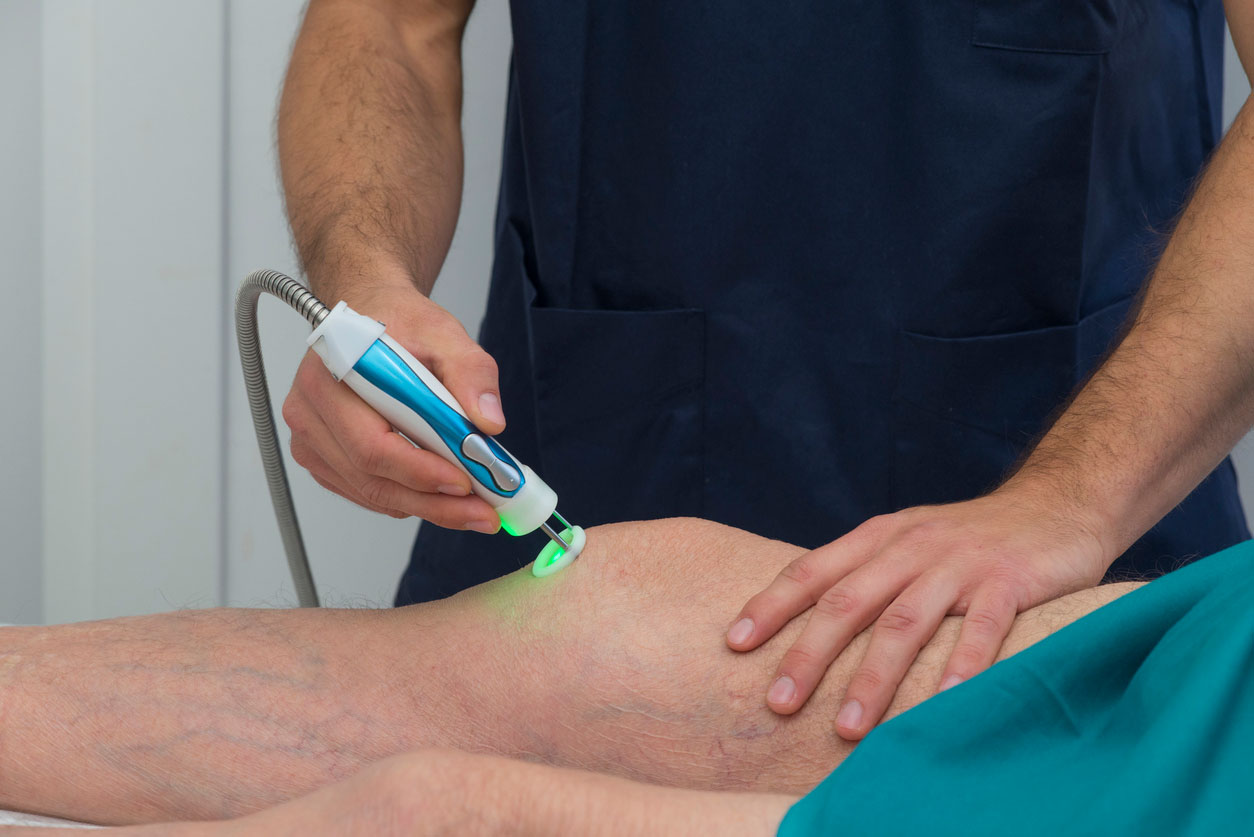
1. Thorough Evaluation & Customized Planning
Our first meeting is all about listening and observing—a systematic review of the issues. We’ll discuss:
- The timeline and pattern of your heel pain—when it started, what aggravates or eases it.
- Previous treatments you’ve tried (stretching, medications, orthotics, steroid injections, etc.).
- Your foot alignment, gait, posture and compensations in ankles, knees, hips or spine.
- Palpation of the plantar fascia, calf muscles, Achilles tendon and intrinsic foot tissues.
- Range of motion, flexibility, strength and kinetic chain function.
From that, we develop a treatment roadmap. Laser treatment is a core tool, but we combine it with adjustments, soft-tissue work, biomechanics correction, therapeutic exercises and sometimes custom orthotics or taping.
2. Laser Session Protocol
Once your plan is set, the laser treatment portion goes something like this:
- You lie comfortably, exposing the bottom of the heel, underside of foot and possibly into the calf or midfoot structures.
- We use the Medray handheld applicator, sweeping over tender zones of the damaged plantar fascia, heel pad and connected soft tissues.
- Because the laser has multiple wavelengths, we target both superficial and deeper tissue structures in the affected area in one session.
- We tailor the dosage (energy delivered, duration, pulsing vs. continuous) based on how chronic the condition is and how the tissues respond.
- Many patients feel nothing—or only a mild warming or tingling in the area. There are no needles, no downtime.
- A typical session lasts 8–12 minutes (sometimes a bit more, depending on the size of the region we treat).
3. Frequency & Progression
Here’s how we usually structure the schedule:
- Acute phase: 3–4 treatments per week initially, to calm inflammation and reduce plantar fasciitis pain.
- Mid phase: As symptoms ease, shift to 2–3 per week with deeper dosing and more focus on tissue repair.
- Later / maintenance phase: 1–2 per week, then taper out as your function normalizes.
Over a typical 4–6 week timeframe, many plantar fasciitis sufferers see substantial improvement—and we continue with maintenance checks to prevent relapse.
4. Complementary Chiropractic & Soft Tissue Techniques
Laser is a tool, not a standalone cure. We layer on:
- Chiropractic adjustments of the foot, ankle, knee, hip or spine to reduce aberrant stresses.
- Soft tissue/fascial work (Graston technique, instrument-assisted soft tissue mobilization and myofascial release) to break adhesions and restore glide.
- Stretching & strengthening programs focused on calves, intrinsic foot muscles and glutes and core to remove mechanical tension on the fascia.
- Taping, bracing or orthotics if needed to offload stress during the healing window.
- Gait re-education and movement coaching to adjust how you walk, run or stand in daily life.
This integrated method is what differentiates us from “laser-only” clinics. We want you to heal deeply and not just get temporary relief.
5. Ongoing Monitoring & Tweaking
We track your progress using:
- Pain scales (morning first step, daily averages, activity-induced).
- Functional outcomes (how far you walk, how long you stand, how it feels during activity).
- Physical palpation, tissue feel and symmetry checks.
- If needed, we adjust laser doses, revisit biomechanics or change your rehab plan.
If something stalls, we don’t just keep pushing the same protocol—we dig into why and adapt.
Why Many of Our Patients See Big Gains
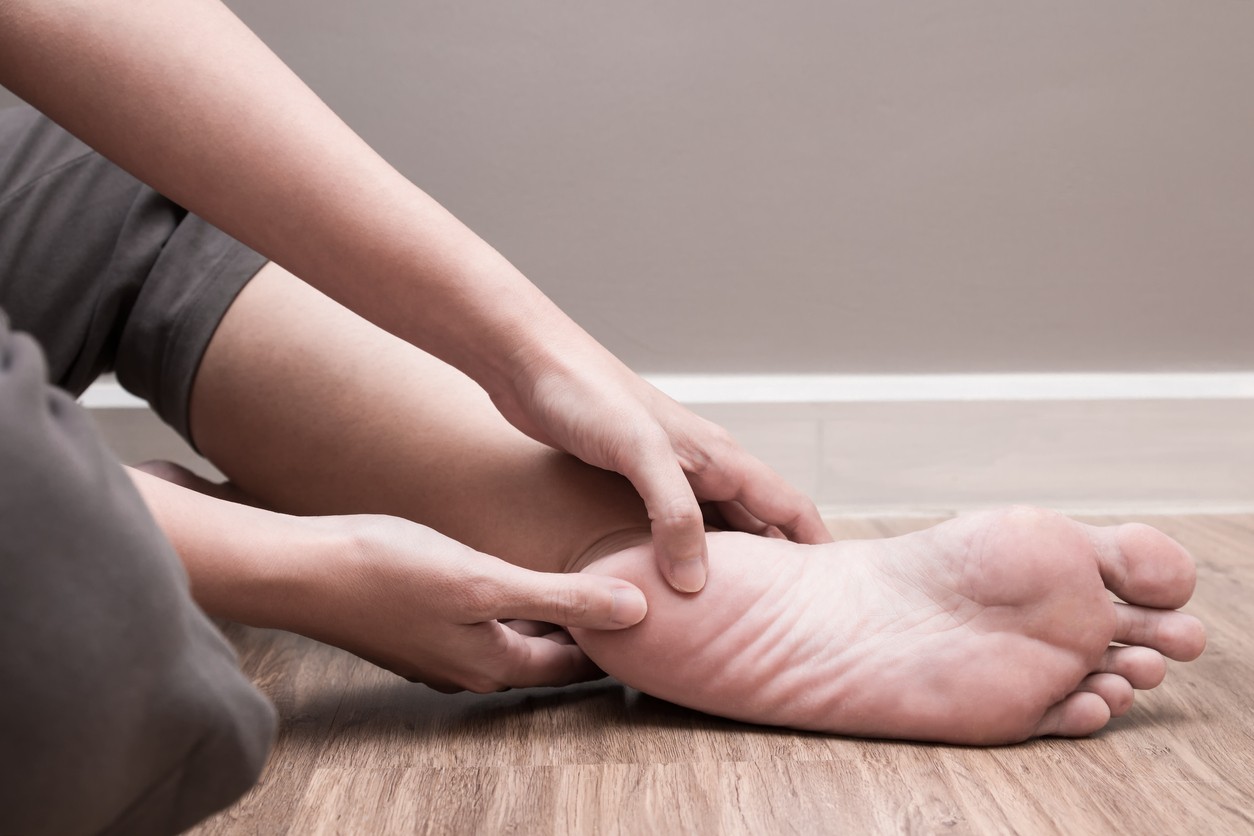
In our Bend practice, patients often tell us they’ve tried all the traditional treatments —stretching, orthotics and cortisone shots—with only temporary relief. Here’s what they often experience with our laser + chiropractic approach:
- Faster pain relief: Because laser energy acts on inflammation and nerve sensitivity directly, many people feel relief within the first few visits.
- Reduced dependence on pain meds: Less need to manage symptoms with anti-inflammatories or injections.
- Deeper healing: Rather than forcing healing (as injections do), laser supports tissue’s own regenerative pathways.
- Lower recurrence risk: Because we correct mechanical contributors, rebuild tissue resilience, and keep check-ins, flare-ups tend to be fewer.
- Active life preserved: Short sessions, minimal downtime—not disruptive to your week.
We’ve seen folks in Bend go from hobbling around to returning to trail runs, weekend hikes or just enjoying walking without dread of their first step.
What You Can Expect as a Patient at Our Clinic
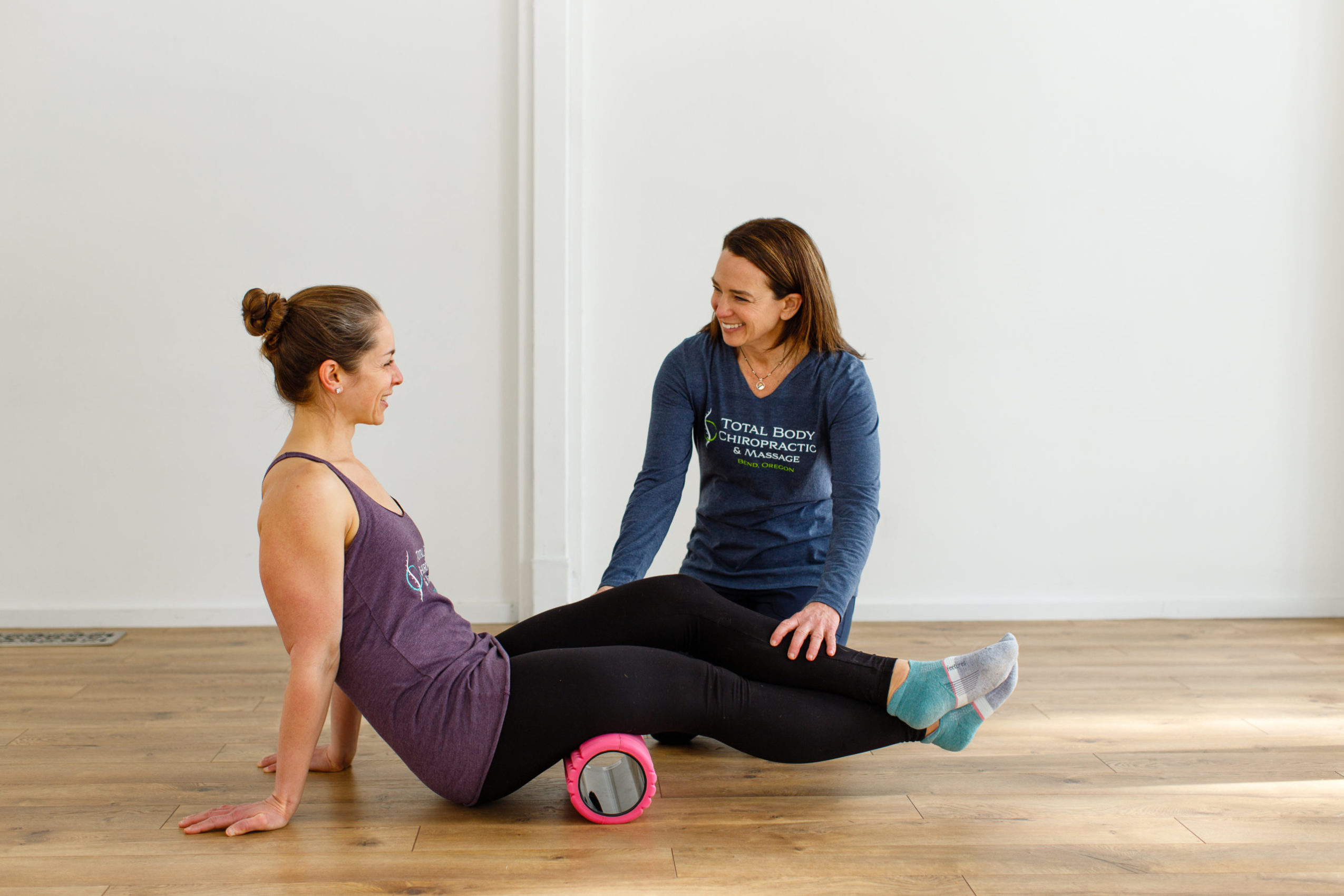
Here’s how a laser-enhanced plantar fasciitis program with us typically feels:
First Appointment
- History, exam, biomechanics, palpation.
- We explain your plan—including where laser fits in.
- We may begin with a laser session (if appropriate) or soft-tissue prep.
Subsequent Visits
- Each laser session is short, comfortable and integrated with manual care.
- You’ll get homework: stretches, strength drills, maybe taping, movement cues.
- We’ll check response and adjust treatment pacing or dosage.
- Throughout, we keep communication open—“How’s the pain this morning? After your walk?”
Results & Maintenance
- Many patients feel meaningful improvement by week 2 or 3.
- After full course, you’ll often transition into a maintenance schedule (monthly or as needed).
- We also give ongoing tweaks to your movement, alignment and load to prevent re-injury.
We aim to help you not just heal temporarily—but build foot resilience so you don’t see us again for plantar fasciitis.
FAQ: Laser Therapy & Plantar Fasciitis at Total Body Chiropractic
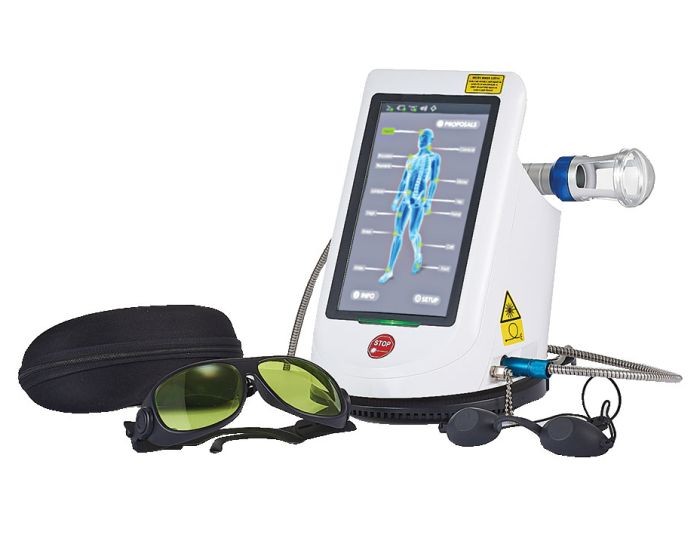
- Is this safe? Yes. Class IV laser therapy, when used by trained professionals, is a safe, effective treatment. It’s non-invasive and generally well tolerated. Some people report mild soreness like after a workout—but serious side effects are rare.
- Does it hurt? Not typically. Most people feel gentle warmth or slight tingling. Because we control dosing carefully, we avoid overheating or discomfort.
- How many sessions will I need? It depends. Acute cases may resolve in 6–8 sessions. More chronic cases might need 10–15, then tapering maintenance. We customize based on your response.
- When will I notice improvement? Some patients see changes after the first couple sessions. For most, improvements accumulate week to week—less pain, more flexibility, better tissue feel.
- Can laser therapy completely replace other treatments? It can for many people—but our preference is to integrate laser with adjustments, soft-tissue care and rehab. For some severe or structural cases, surgery might still be necessary, but we often help reduce or avoid that.
- Are there any people who shouldn’t get laser therapy? You shouldn’t get laser therapy if you have cancer in the area being treated, are pregnant (especially over the belly), have uncontrolled bleeding problems or have health conditions that make you very sensitive to light. We always screen carefully before beginning.
- Will insurance cover laser therapy? Coverage varies. Some of our patients pay out-of-pocket or use flexible spending accounts. We’re happy to help you check with your provider and provide documentation if needed.
- Can I combine this with your chiropractic adjustments and exercise plan? Definitely. That’s exactly how we use it. The calmer, more responsive tissues make chiropractic adjustments more effective—and your rehab work more sustainable.
Final Thoughts from Our Bend Team
At Total Body Chiropractic, we believe movement is medicine—and we don’t settle for half-measures. Plantar fasciitis may feel like an inevitable ailment for foot-heavy folks, but it doesn’t have to be your story. By bringing together structural care, laser-enhanced tissue healing, soft-tissue work and guided movement, we offer a pathway off the pain treadmill.
If you live in Bend and the surrounding areas and heel pain is slowing you down, we invite you to make an appointment. Let’s talk about whether Class IV laser therapy is the right form of regenerative medicine for you. You don’t have to live another morning dreading your first step. Let’s shine a little light on that fascia—and get you back to walking, running and all your daily activities, pain free!

